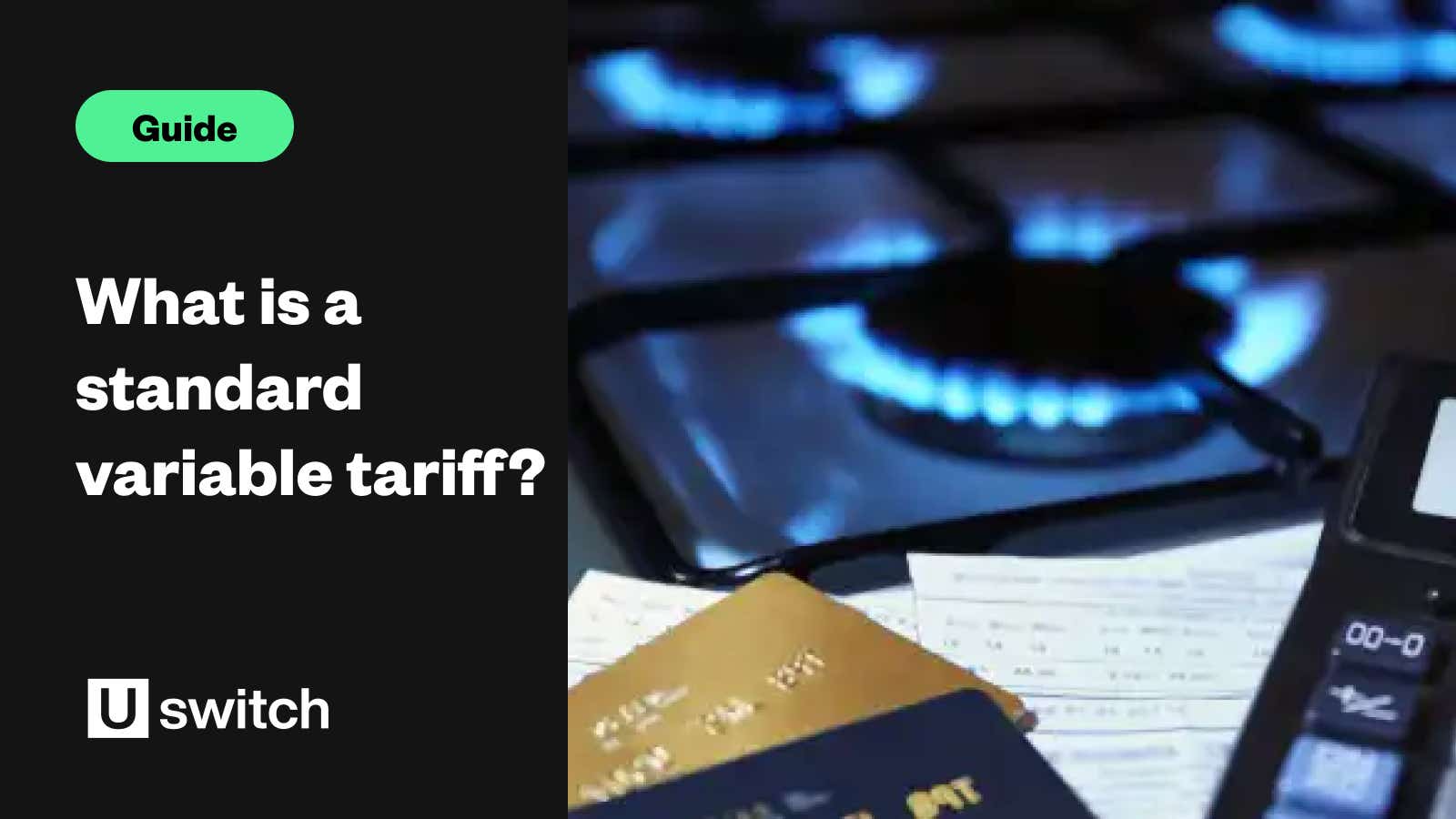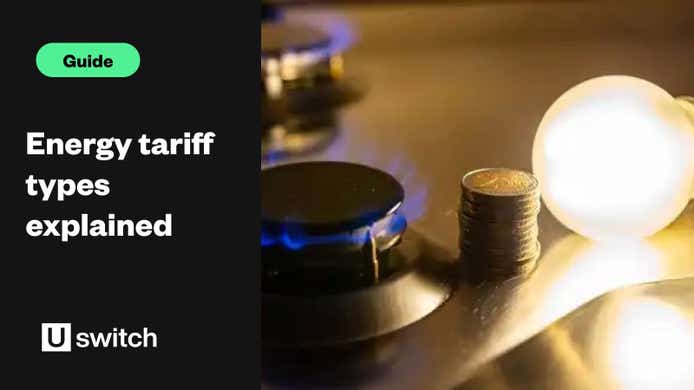What is a standard variable rate energy tariff?
A standard energy plan (or standard variable rate tariff) refers to an energy supplier’s basic, variable rate plan. Sometimes the plan name itself will have the word "standard" in it, but often it will not. This standard plan has historically been the most expensive tariff the supplier offers. In November 2020, the difference between the average standard tariff and the cheapest deal on the market was around £170. However, thanks to the unpredictable energy market, a standard variable tariff could now be the cheapest deal that some customers can sign up to.
A supplier’s standard plan is what any new customer who does not request a specific plan will be placed on. For example, if you move house, you inherit the supplier of the previous tenant, and will automatically be placed on its standard plan (also known as standard variable rate tariff) when the supplier takes you on. This plan will usually be a "variable rate" which means your unit rate costs can go up or down at any time. More often than not, they will go up.
These plans are the ones affected when the energy companies announce an energy price rise. However, they're capped by the Ofgem price cap, which is £1,717 from 1 October to the end of December (but rising to £1,738 from 1 January to 31 March 2025). While a standard variable tariff has usually been the most expensive type of tariff, fixed deals are now fairly expensive as well. This means different things for different customers, so it's important to compare energy deals to see what the current situation means for you.
On the plus side, standard variable rate plans do not have an exit fee. That means you are free to switch to a new deal without facing a penalty at any time, because there is no set end date. As a result, these plans are sometimes referred to as "evergreen" tariffs.
Pros and cons of standard variable rate plans
Pros
Standard tariffs could now be the cheaper deals on the market for the reasons listed above
They won't have exit fees
You’re free to switch to a better plan at any time (assuming those plans are available).
Cons
You won't be protected from price rises if the price cap increases again. Standard variable rate plans are the ones affected when suppliers announce price rises.
How can I check if I’m on a standard energy plan?
If you have never switched energy supplier, you are most likely on your supplier’s standard (and likely the most expensive) energy plan. You might also be on a standard plan if you had fixed rate plans that have expired and you did not elect to switch to a new plan. Customers will be automatically rolled on to a supplier’s standard variable rate plan once their fixed rate deal comes to an end.
For more information on energy bills, read about understanding utility bills.
How to change from a standard energy plan
Usually, switching energy from a standard energy plan is easy because you can be assured you will not pay an early exit fee, though there may not be any suitable deals for you given the current energy market situation. To switch away from a standard energy plan, run an energy comparison to see all available plans for you.
Uswitch can help carry out the switch for you and no cables or pipes will need to be replaced or changed. The switching process happens at an administrative level between the suppliers so that your energy service is never disrupted.
Comparing and switching energy suppliers only takes a few minutes and you'll be notified of the date your gas and/or electricity supply will be switched. To find out more, read about how to switch your supplier for gas and electricity.
Case study "Uswitch made finding a better deal really simple, and switching took only a couple of minutes. It saved me almost £500 annually compared to my current supplier's variable rate, and over £200 compared to their best available deal."
Adam, Uswitch customer
What are the benefits of a fixed plan?
A fixed rate plan gives you a guaranteed rate on the cost per unit of your energy. The rate will not go up during the length of your contract even if the supplier has announced energy price rises. It can also provide peace of mind, but it's a good idea to keep looking out for better deals every now and again, and especially during the last few months of your deal.
Remember, once your fixed rate plan comes to an end you will automatically be switched to a more expensive standard variable rate tariff.




